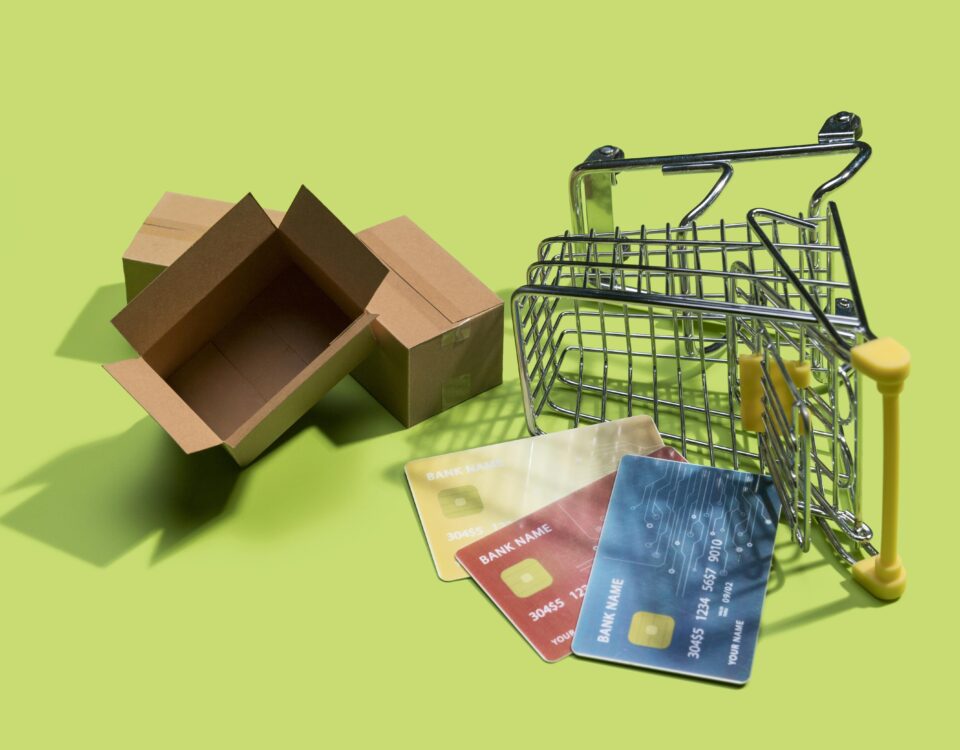The Credit Stress Report 2023 Q1 is out

The Credit Stress Report 2022 Q4 is out
June 22, 2023
7 Tips to protecting your identity online
August 25, 2023
As South Africans began 2023 experiencing a quarter of every day without electricity, coupled with rising interest rates and a weakening currency, it seems the significant pressure consumers were feeling at the end of last year has only escalated.
The Eighty20/XDS Credit Stress Report for the first quarter of 2023 looks at the impact of economic forces on the South African consumer, with particular focus on their credit behaviour. As South Africans began 2023 experiencing a quarter of every day without electricity, coupled with rising interest rates and a weakening currency, it seems the significant pressure consumers were feeling at the end of last year has only escalated.

Eighty20 uses a metric called change in rate of new defaults (CRND), with rate of new defaults being the proportion of current loan balances that went into default during the quarter. The first quarter saw CRND on all loans up by 17.4% over the same quarter last year, compared to 16% last quarter.
The newly in default numbers are an early warning on the health of credit in the country and have been in double digits for two quarters. The CRND increase was driven particularly by new defaults in secured products (home loan at 27% & VAF at 12%) putting pressure on home loan and vehicle asset finance (VAF) payments for the two wealthier Eighty20 segments – The Middle Class and Heavy Hitters.
Both the VAF and the home loan book for Middle Class Workers (by value and holders) has been in decline since 2021 Q4, with only 9.7% growth in the total home loan book over that period. This, combined with an increase in home loan CRND from 24% in Q4 to 34.3% in Q1 for Heavy Hitters, paints a depressing picture for the retail property market.
2022 Q4 saw a sudden 20% jump in the rate of new defaults YoY for credit card debt. This quarter, the rate of new defaults has remained stable albeit at this new higher rate. Total credit card balances show the same trend, remaining about 12% higher than last year. Unsecured credit and retail also saw double digit growth in CRND with 16.3% and 24% respectively YoY (compared to 13% and 10% last quarter).



